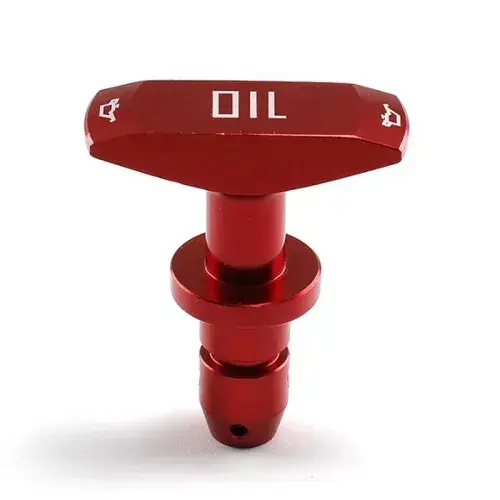How Does An Oil Cooling System Work?
2023-07-14
An Oil Cooling System is a mechanical setup used to regulate the temperature of oil in engines or machinery. It consists of components such as an oil cooler, oil lines, a thermostat, and a radiator or heat exchanger. The system works by transferring heat from the oil to the surrounding air or coolant to maintain optimal operating temperatures.An oil Cooling System is crucial for maintaining the optimal operating temperature of an engine or other machinery that relies on oil for lubrication and cooling purposes. Let's explore how an oil cooling system works and the key components involved. 1. Oil Cooling Parts: The oil cooling system consists of several important components, including an oil cooler, oil lines, a thermostat, a radiator or heat exchanger, and a fan (in some cases). These parts work in harmony to regulate and control the temperature of the oil. 2. Auto Parts Cooling Parts: In automotive applications, the oil cooling system is integrated into the vehicle's cooling system. Typically, the engine's coolant is used to cool the oil. This is achieved by routing the oil through an oil cooler, which is designed to transfer heat from the oil to the coolant. 3. Engine Oil Cooling Parts: The oil cooler is usually mounted in a location that allows efficient airflow, such as in front of the radiator or behind the bumper. It is constructed with a series of fins or tubes that create a large surface area for heat dissipation. As the oil passes through these fins or tubes, it comes into contact with the cooler ambient air, which helps to lower its temperature. 4. Parts Cooling System Oil: To control the flow of oil through the cooler, a thermostat is used. The thermostat regulates the oil temperature by opening or closing based on the temperature of the oil. When the oil temperature rises, the thermostat opens, allowing the oil to flow through the cooler. Conversely, when the oil temperature drops, the thermostat closes, redirecting the oil flow directly to the engine. 5. Heat Management: In some applications, particularly high-performance engines or heavy machinery, an additional cooling fan may be used to assist in heat dissipation. This fan helps to increase airflow through the oil cooler, enhancing the cooling efficiency of the system. In summary, the oil cooling system plays a vital role in maintaining the temperature of the engine oil within optimal limits. By utilizing an oil cooler, thermostat, and sometimes a fan, the system helps to dissipate excess heat from the oil, preventing overheating and ensuring proper lubrication. With a properly functioning oil cooling system, engines and machinery can operate more efficiently and have an extended lifespan.




